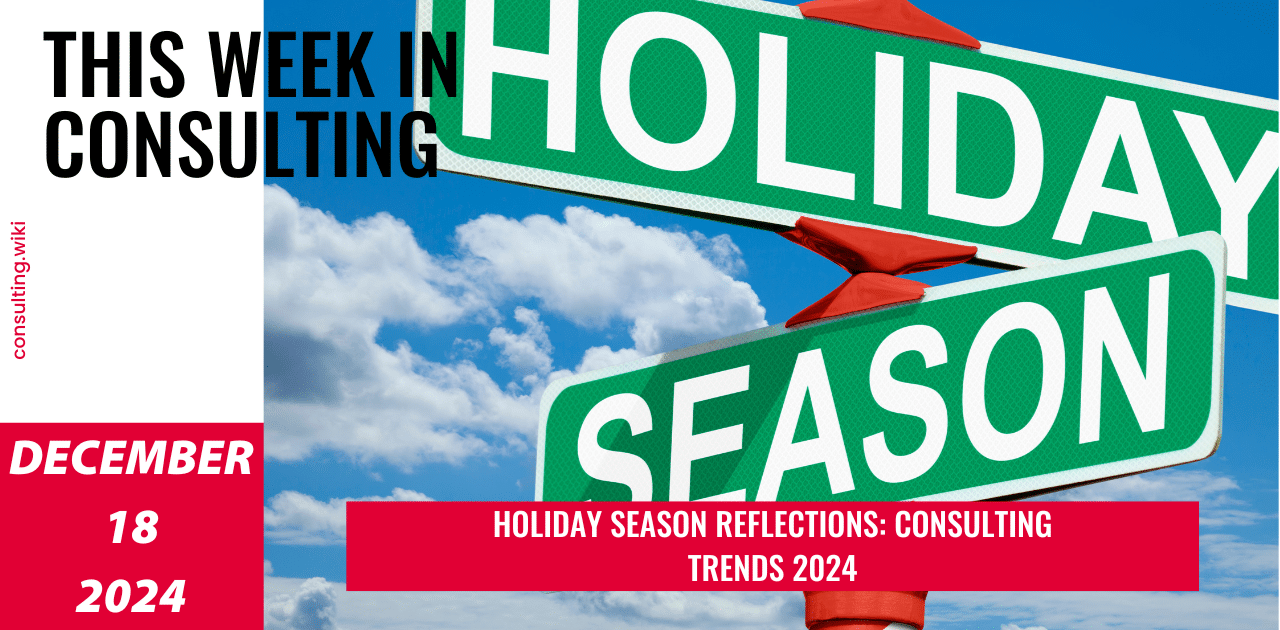
How to measure the value created in Consulting?
“The best way to predict the future is to create it.” – Abraham Lincoln
The Consulting industry today is considered to be in good shape, but we can all agree on one thing – that there is plenty of room for improvement and growth. The more interesting question, however, is: what is the best direction to explore these possibilities?”
Let’s discuss in more detail the Value creation – the pinnacle of opportunities for the industry to deliver more.
Read also...
Main points for every business to develop an efficient Consulting Group to serve their needs.
1-The Value Creation Equation – a Look at 5 Different Options–
There are many Schools of thought when looking at how value coming from consulting can be put into equations. Let’s try to explore from the simplest to the most elaborate one.
The simplest way to look at it is to consider the savings side of the equation. The value becomes what you were willing to pay for a given project minus the price you actually paid. So you were willing to pay 100 for a given project and ended up paying 80, you would consider a savings of 20.
- Option 1: What you think you saved = Willingness to Pay – Price Paid
Unfortunately, your willingness to pay is all relative as it is at times difficult to assess, and might not be representative of the actual value of the service. You could, therefore, consider the value created using a more robust savings stick. Comparing what you paid to what you would have paid if you had selected one of the highest bidders. You could refine this notion and take the average of a representative sample of proposals (make sure you consider the full cost, including bonuses and expenses).
- Option 2: What you saved and can be measured = Reference Cost – Actual Cost
If this notion covers partially the impact of a good sourcing and a good selection/negotiation, it, unfortunately, does not address the value brought by a quality scoping, with tapping into an infinite reservoir of cost avoidance if you buy more than you need. Why would you, for instance, purchase a market study covering the entire market when you only need one segment?
- Option 3: What you actually saved = (Reference Cost – Actual Cost) + Cost Avoidance
However, you probably would not have launched the project if it was not creating an attractive value for your company. Depending on your company and your natural tendency to use consulting, the expected returns can be quite high. As a minimum the costs have to be paid back within a year. By experience the expected returns are usually minimum three times the cost. If you consider a cost corresponding, for instance, to one year of savings, the net present value with an average discount rate is around 7 times the costs involved.
- Option 4: Theoretical Value = What you were expecting as return + What you actually saved
Value = Expected Return * Reference Cost + (Reference Cost – Actual Cost) + Cost Avoidance
Interestingly you can see that if your expected returns are greater than three times your costs, the first part of the equation will always trump the second one. The only caveat to this reasoning is that indeed, depending on the projects and the quality of the providers you select, the impact can be quite heterogeneous. Therefore there is a multiplier effect in the first part of the equation.
- Option 5: Actual Value = Returns you will get based on the impact + What you saved
Actual Value = Impact * (Expected Return * Reference Cost) + (Reference Cost – Actual Cost) + Cost Avoidance
There are three major factors in this equation. Demand management will determine the expected returns. Quality of sourcing and negotiations will drive the savings. The efforts on the scoping will pay off through cost avoidance. While selecting the right consultants and managing them properly will drive the impact. Unless the expected returns from the project are quite low, the impact will be the determining factor.
2. Where to Focus the Efforts – Present & Future –
-
-
-
Where is the focus today?
-
-
Many organizations are leaving consulting procurement to the executives needing the services. In this case, the executives usually focus on scoping the project and managing it. The sourcing and negotiation parts are often overlooked as the organization does not manage enough projects. When organizations leverage the procurement teams, they tend to address Consulting Procurement as an indirect purchase among others. As such, the procurement organization is often looking at savings as a measure of performance. The focus is therefore on organizing a proper competition and negotiating lower prices at the back end of the process.
-
-
-
Where should it be?
-
-
In the same way that mature procurement organizations for direct purchases are looking at the total cost of ownership, mature consulting procurement organizations are now looking at the entire Value equation. It will drive a much higher focus on the impact and the value created. Those organizations are also implementing some form of demand management to make sure they invest where the most value will be created. As a consequence, the focus is placed on selecting the right projects, sourcing the right consultants, and managing them during the project to maximize the impact achieved. It does not prevent from taking care of the savings side of the equation but will ensure an optimum result.
3. Charting a New Route and Going Further-
As we discussed, maximizing the value creation of a project is where most efforts should be focused on. Should you remember only one rule when it comes to value created through sourcing of consulting projects, just remember that unless the expected impact is low, the value created by the project itself will most of the time outweigh the savings realized through the sourcing. It is particularly true when you look at one specific project.
If you are using consulting regularly and are managing a portfolio of providers, many other actions can yield substantial value. Those actions will range from implementing a performance management system or demand management to ensuring the full alignment between your strategy and your consulting investments.
Ready to get started on your next project?
Need a fresh point of view? We will be happy to help.
Please give us a call today, at no obligation. Let’s get the conversation started
Hélène Laffitte is the CEO of Consulting Quest, a Global Performance-Driven Consulting Platform and author of “Smart Consulting Sourcing”, a step by step guide to getting the best ROI from your consulting. With a blend of experience in Procurement and Consulting, Hélène is passionate about helping Companies create more value through Consulting.




